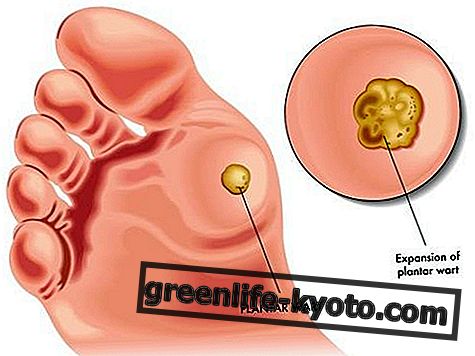
What does it mean to transform anxiety and how does this process start? First of all, starting from the very first stage: recognizing and accepting the symptoms of anxiety.
To recognize when the worry has become constant, to observe when one begins to have difficulty falling asleep, to notice when the apparatus in charge of digestion alters the timing of its physiological processes.
Seek psychological support, adopt behavioral therapy or attend self-help groups and share your experience with other people with a similar problem.
We must then review many of our habits and start a transformation process .
How to turn anxiety? Here are 3 tips
Stress is a physiological component interconnected with our time and energy management, but we rarely remember that stress itself can be a resource, if well managed.
When this stress, however, increases exceedingly and is not managed correctly, a state of generalized anxiety can develop which is a real disorder.
On a symptomatic level, it manifests itself in the form of tachycardia, breathing difficulties, buzzing, headaches, dizziness, reduced ability to concentrate .
Here are 3 tips and real strategies to activate a process that reinforces the intention to change and the start of a real transformation of anxiety .
1. Walking, walking, walking
It takes time to have available without but and without if, true. It requires a strong and regular intention. It requires the will to do it even if you don't find someone to keep our pace, true. But in the face of all these factors, the benefits of walking are extraordinary.
Especially if you have the chance to do it in areas not too far from trees, meadows, fields, hills, paths, walking allows you to take your mind off, concentrate on the pace, on the breath, on the surrounding environment.
It takes us away from worry for a while, connects us with the ground and makes both cerebral hemispheres work better .
Breathwalking: on the way, breathing
2. Meditate regularly to transform anxiety
If it is sporadic it does not give us the dimension of constructive practice ; if it is chaotic, disturbed and even irregular.
Meditation transforms our mind so as to have the form of a garden to cultivate: we don't want the "weeds" that are boycotting thoughts, demotivations, worries.
We can explain this concept well using waves: when anger takes over, when we get irritated or something gets upset we emit beta waves; when the conflict grows the brain goes on the gamma waves.
Training the mind in a state free of tension allows you to generate alpha waves .
Becoming aware of one's respiratory process is a powerful stage for transforming anxiety. Empirical studies on personality have shown that, compared to non-meditators, those who practiced meditation proved to be significantly less anxious (Ferguson-Gowan 1976; Goleman-Schwartz 1976; Nidich et al. 1973), recorded minor psychosomatic disorders to provide a greater number of positive moods, and were less neurotic on the Eysenck scale (Schwartz 1973).
3. Sound as a cure for anxiety
The sound has important effects on the brain, which arrive by mechanical vibrations through the ear and finally in the form of an electrical impulse.
The sound wave reaches the tympanum then a hammer, anvil and stirrup, passes through the oval window and reaches the snail where the organ of Corti transforms it into an electrical impulse.
As much as the walk or the meditation session, music plays a therapeutic role and acts positively on our cognitive, emotional and social functions.
To understand how sound is good for the brain and helps with anxiety management, we need to get into the concept of neuro-plasticity. In neuroscience this word indicates the ability of the nervous system to modify its structure in response to a variety of intrinsic or extrinsic factors . The sound, or rather the vibration that the brain translates into sound increases the neuro-plasticity of which we are capable.
This also means being able to respond differently to an emotional turn-over, to an overwhelming sensation. Singing, how to approach an instrument or listening with the right care has wonderful effects on our body-mind connection and helps turn anxiety into available life energy.













